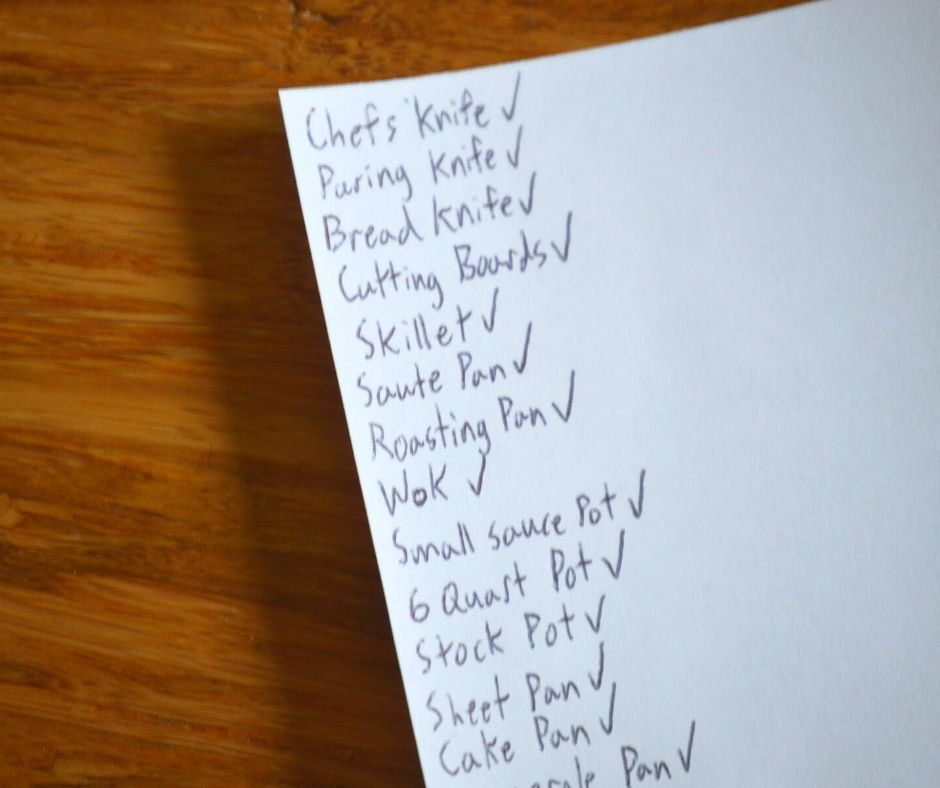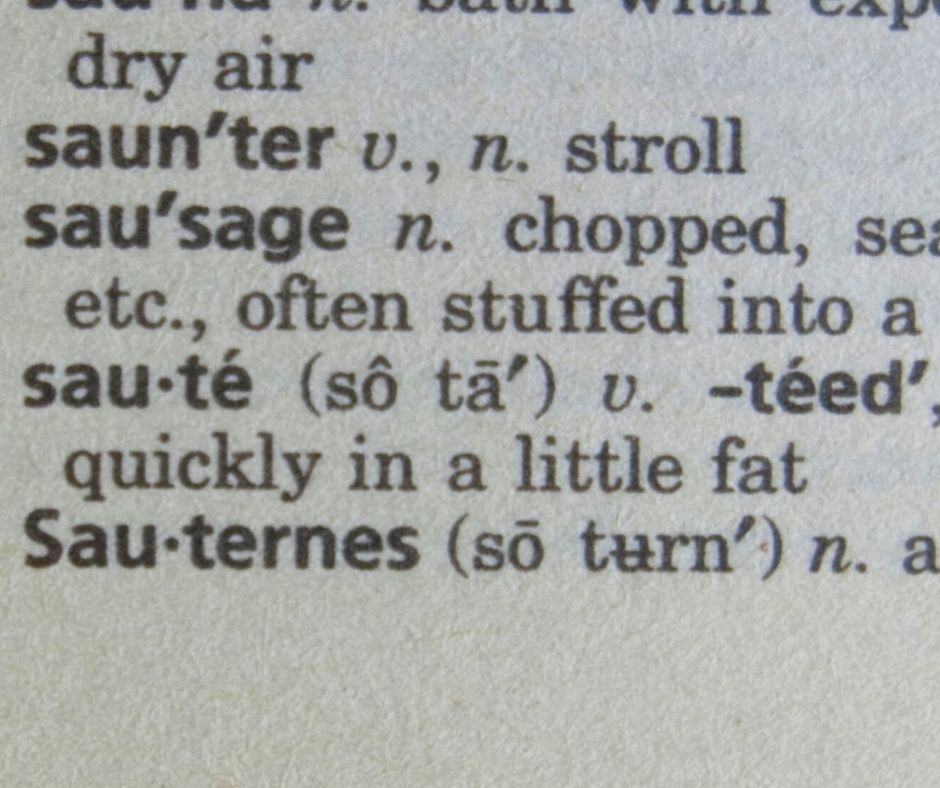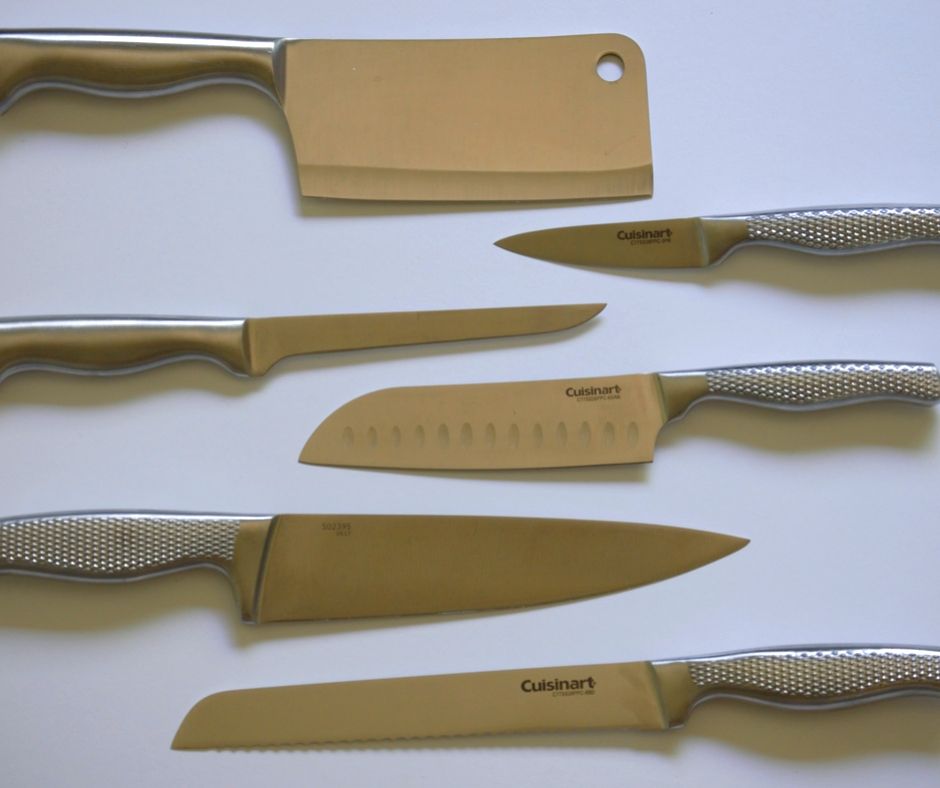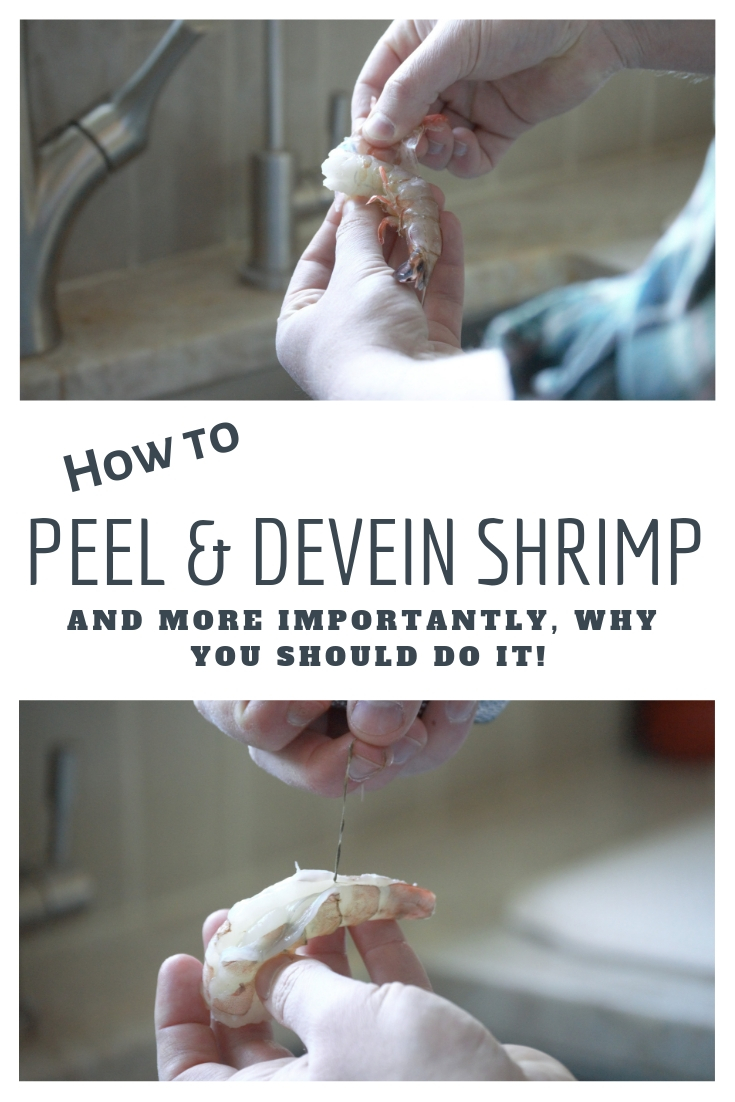
You know what class, let’s talk shrimp. Or as I like to call them, skrimps.
Almost everyone loves shrimp. In fact, I’ve even come across a few people in my life that claims to dislike seafood, yet will still eat shrimp. And why not? It tastes great, It actually makes you feel full unlike most seafood, plus it’s very lean and healthy for you.
All good things in my book.
However, despite this near-universal love for eating shrimp, I think it’s fair to say that most of us loathe cooking shrimp at home.
You see unlike a piece of chicken or a prime cut of beef steak, you can’t just take your shrimp straight from the grocery store and plop it right down on your grill. No, no, no. Shrimp requires a little TLC, or to be more specific peeling and deveining.
Now I know some of you just read that last sentence and said to yourselves “Patrick here you go again spouting out your opinion as though it were fact. I never peel and devein shrimp and it turns out just fine. You’re a bum.”.
First off, thanks once again for all the love and support.
And secondly, you’re right this is just my opinion. Plenty of people around the world never peel or devein their shrimp before cooking. But please give me a quick minute to explain why I do the things I do.
Why I peel and devein shrimp
Okay, let’s start off with why I peel my shrimp.
The answer is simple, peeling the shrimp just makes for easier eating. Really, that’s it!
All I want is for those delectable little skrimps to be in my stomach as fast as possible. And anything that’s getting in the way of that mission is a no go with me folks!
Once again I’m sure this opinion will cause contention with the same people who called me a bum earlier. I know they’re reading this saying to themselves “But Patrick, you can’t deny that shrimp cooked with their shells on tastes better”. And to answer that I’m going to have to quote The Dude himself.

Honestly, I’ve eaten a lot of shrimp in my life, both peeled and unpeeled. And not once have I ever noticed the unpeeled shrimp tasting better. Who knows, maybe my palate isn’t as sophisticated as yours. Or maybe it’s just a conspiracy that lazy cooks started that everyone else just blindly believes. All I know is that for me the supposed better taste isn’t there. And if it is, it’s so minimal that it doesn’t justify the pain of having to peel the shrimp after it’s cooked.
Alright, so now let’s talk about why I devein my shrimp.
If you’ve never heard of it before, deveining is the process of removing the black “vein” that runs along the back of a shrimp. And just like peeling shrimp, it is another thing that a lot of people don’t do. Just go eat shrimp in any part of the south and you’ll notice that they never devein shrimp. But in all fairness, if I had to devein a hundred or more shrimp for a party I’d probably be inclined to skip that part too.
However, I don’t do huge shrimp parties, which means there’s no excuse for not deveining my shrimp.
Why?
Well, the answer to that becomes more apparent once you find out what the “vein” actually is.
You see the term “vein” is misleading, to say the least. In reality, the vein is, to put it bluntly, the poop chute. Yes, folks, I ain’t sugar coating it as the digestion tract, it’s the mudslide. And all of that black stuff that makes the “vein” so dark, well that’s poop.
Don’t get me wrong, I’m a pretty adventurous person. I’ve eaten a lot of crazy shit in my life. But I tend to draw the line at eating actual shit. Sorry I know I try to keep this site PG-13, but honestly how many kids are looking up how to devein shrimp. I think we’re safe.
Now as I said above, plenty of people don’t remove the vein. So if you’re wondering if it’s safe to eat, well yea, It’s perfectly safe. But that doesn’t negate the fact that it’s just gross. Feel free to call me a wuss I don’t care, I don’t want to eat that.
Okay, so now that I’ve hopefully explained why you should peel and devein shrimp let’s get down to how you do it.
Peeling shrimp
For starters let me just say that I had a hard time finding shrimp with the heads on. That means I, unfortunately, won’t be able to provide any visuals for its removal. However, most shrimp sold in our stores today often have the heads already removed. So you probably won’t have to deal with it. Still, want to take a second to explain how to do it. All you have to do is simply pinch the part of the shrimp where the head and the body meet, twist, and pull apart. It’s really that easy.
Alright, now that’s out of the way let’s get to peeling the most important part, the body. Now I’ve seen techniques where people use a pair of scissors to cut along the back of the shrimp. But why dirty up another piece of kitchen equipment.
That’s why my preferred method is to use our hands. First, we’re going to take off the legs. The reason why we’re starting with the legs is that they are easy to get off. All you need to do is pinch them and lightly pull them off.
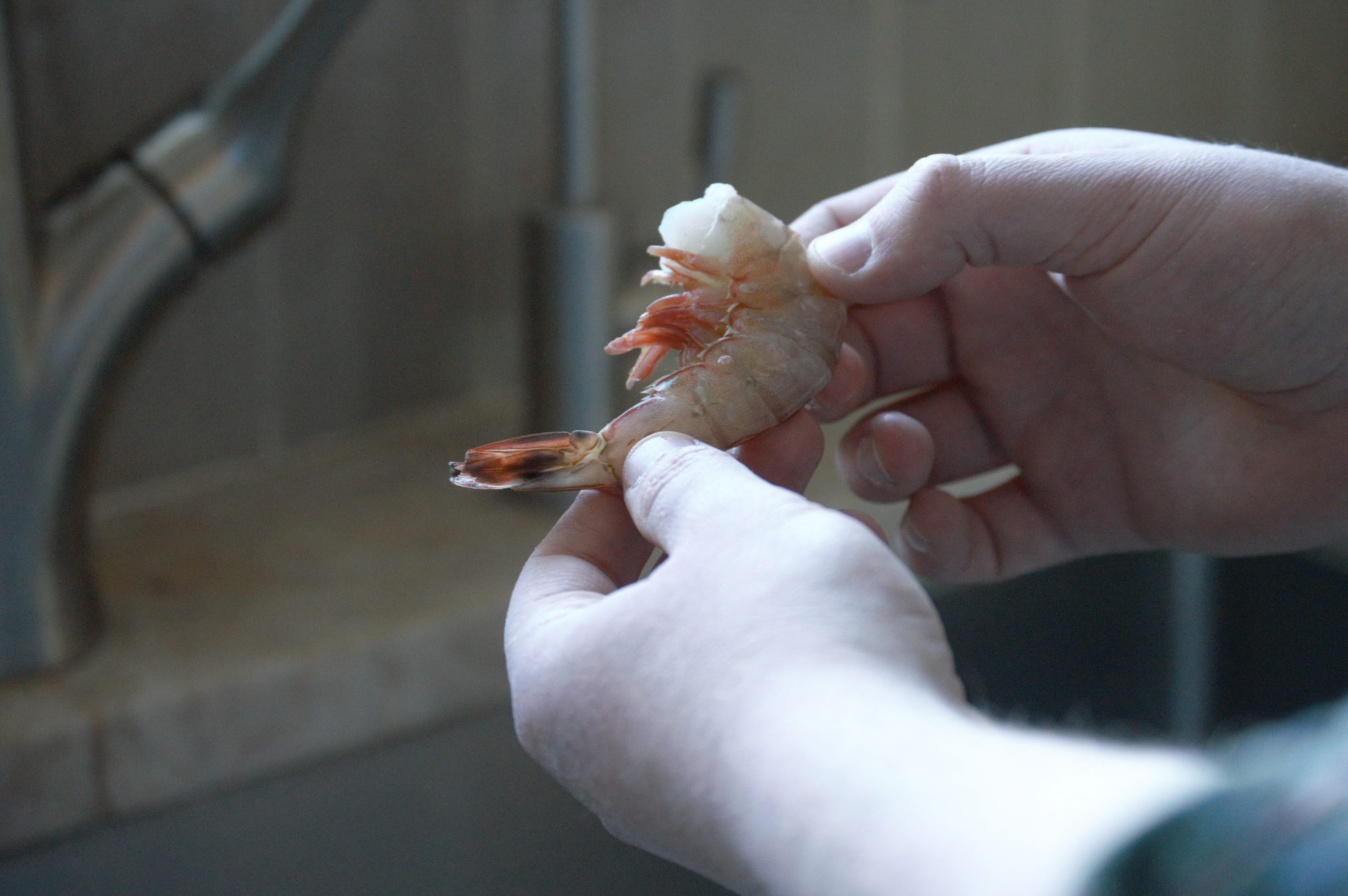
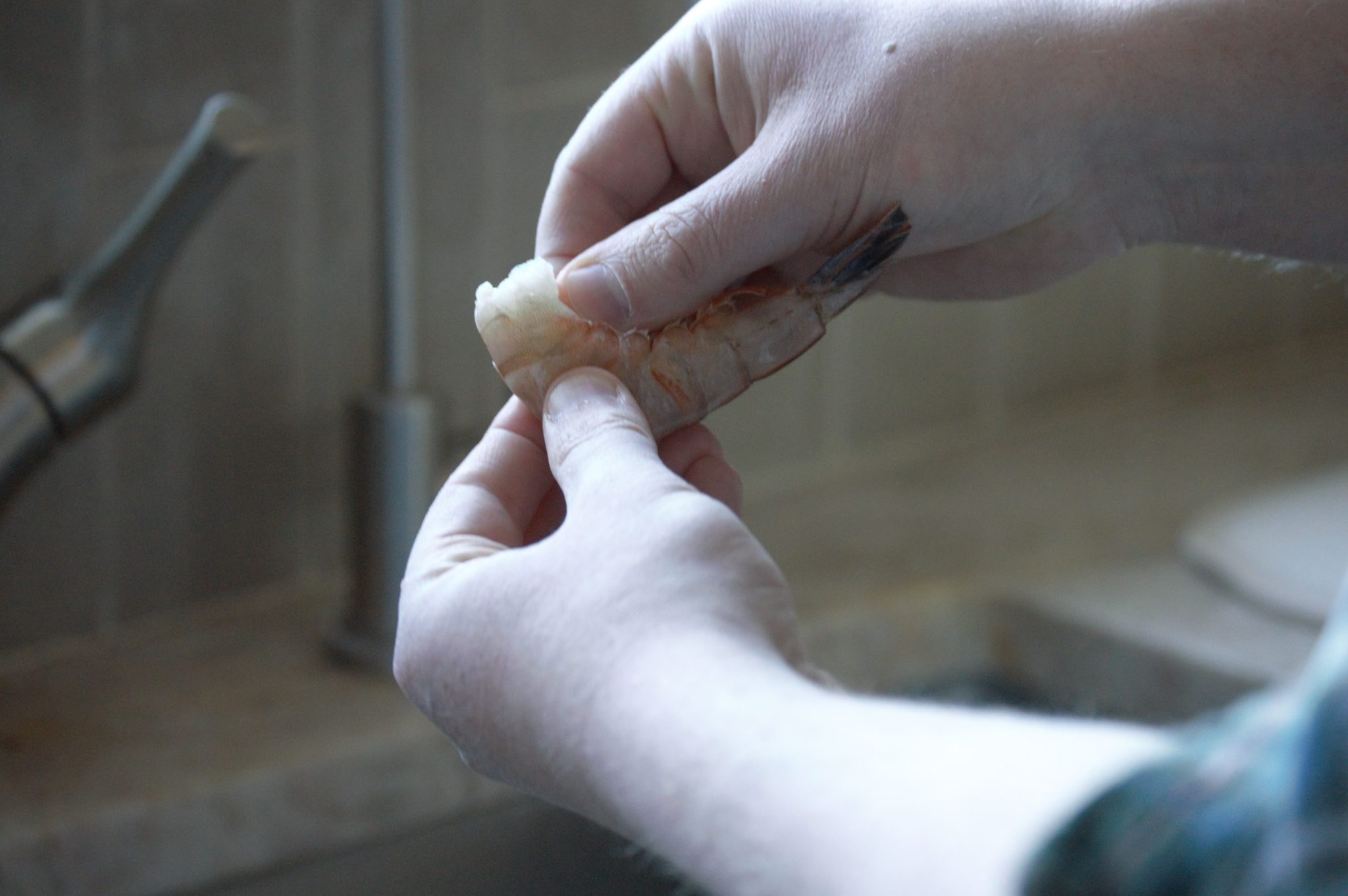
Once you’ve done that you should be left with the harder outer shell. All you have to do is peel that off until we get to the tail.
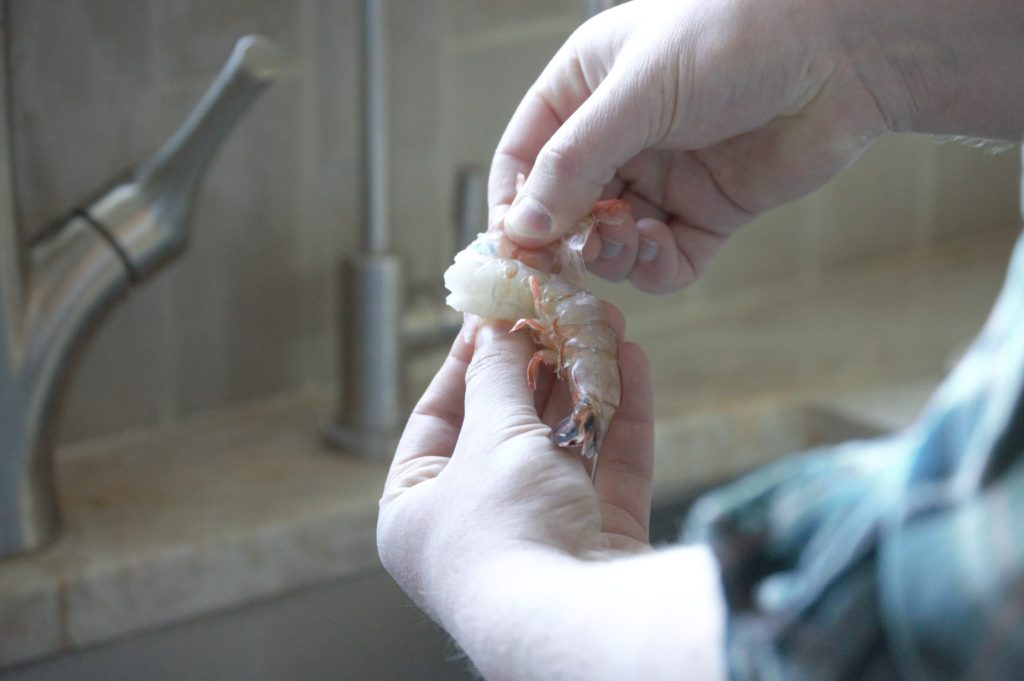
Now the tail is another place for debate. Should we leave it on or take it off?
The reason for leaving the tail on really just has to do with presentation. I don’t know why but shrimp with the tail shell on just look nicer. However, there’s still plenty of good meat left in that tail. And in my experience people tend to leave that tail meat alone when the shell is still on. That’s why I prefer to remove it.
Now to take the tail off you need to start by pinching the end tail shell with one hand and the shrimp meat in the other. Get the hand pinching the meat as close as you can to the tail shell, or else you might end up ripping the entire tail off. Once you have your fingers in the right place then you just need to lightly twist and pull the tail shell off. Don’t worry if you take a bit of the tail meat with you the first few times you do this. Eventually, through practice, you will learn to do this with finesse.
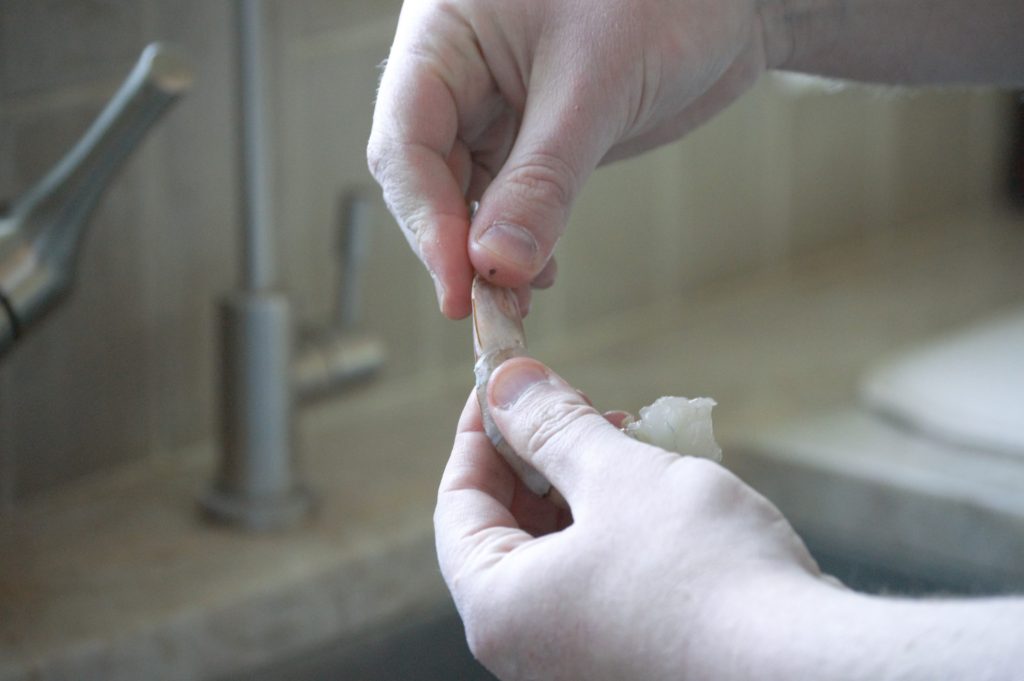
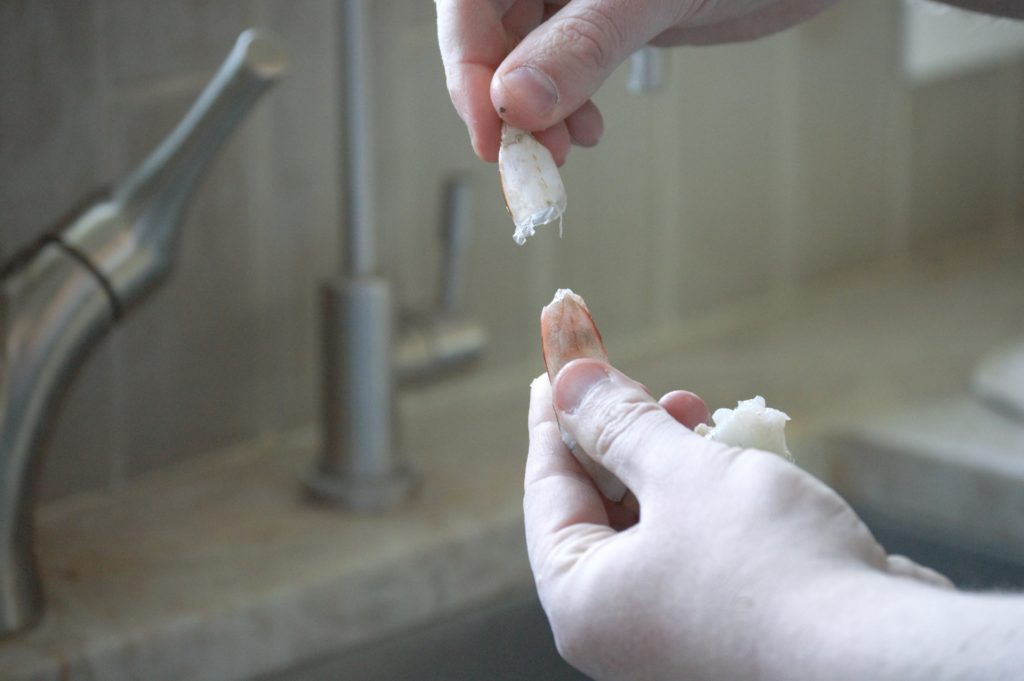
And that’s it, fully peeled shrimp.
How to devein the shrimp
Okay, first things first let’s get out a paring knife. Then we’re going to want to locate the vein.
The vein is located along the backside of the shrimp and is just slightly under the surface. Sometimes it is visible sometimes it’s not. However, don’t worry if you can’t see it. All you need to do is run that paring knife in a relatively straight line along the back of the shrimp. Just keep it straight, and make sure that you don’t cut too deep. If you’re worried about cutting it to deep then just start with a small slice if it’s not viable then slice deeper.
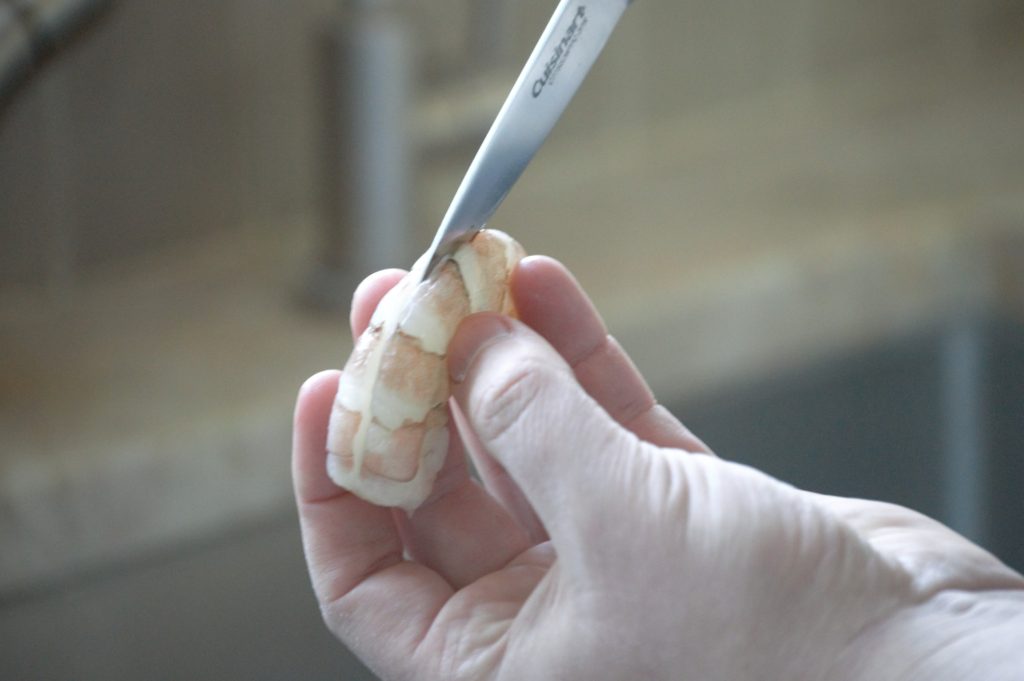

Once you’ve found the vein and have made a slice along its entire track, removing it is as simple as grabbing it and pulling it out. It’s that easy.
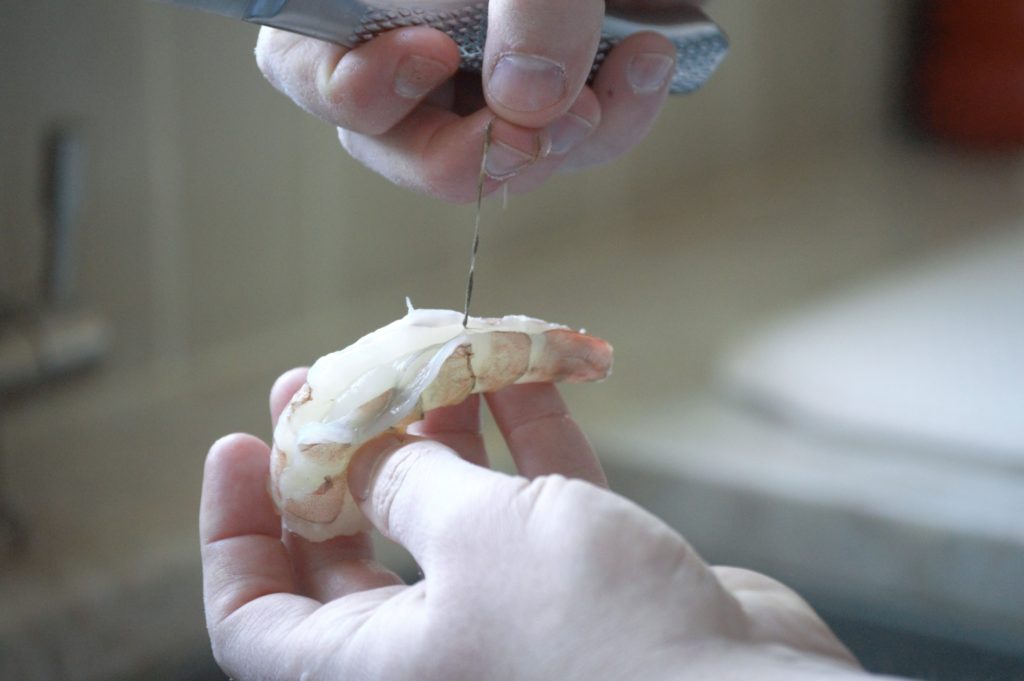
Now one final step that I recommend that isn’t necessary is to wash the shrimp off in some cold water. This gets rid of any tiny pieces of the shell that might have stuck on, and any residual poop.
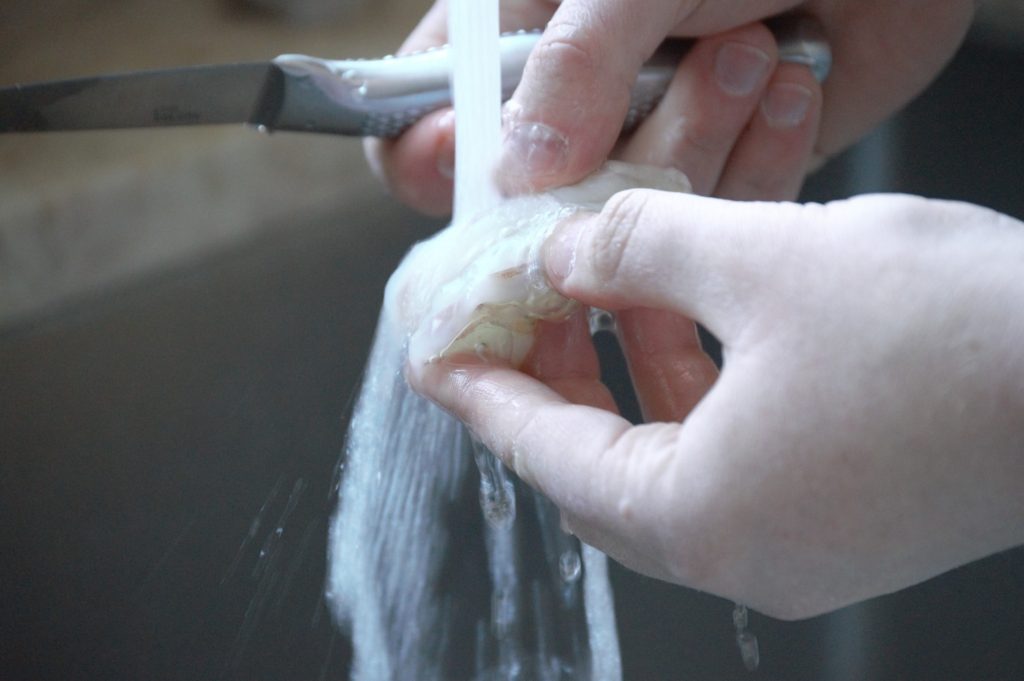
And that’s it, we now have shrimp that are peeled, deveined, and ready to eat. So why don’t you try out our latest shrimp recipe, shrimp mozambique.
Want to learn more about how to peel and devein shrimp? Then check out these sources
From The Kitchn
From Fine Cooking

